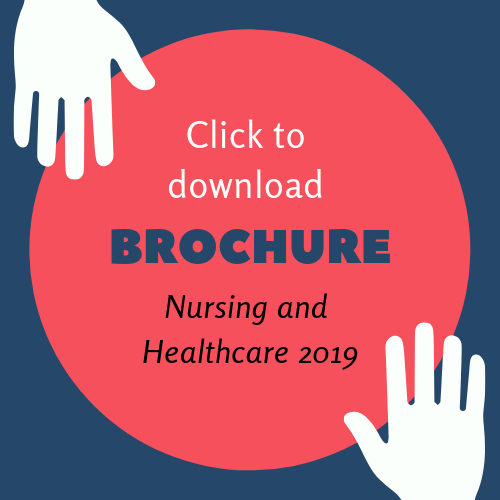
Svetlana Nela
Brighton and Sussex University Hospitals NHS Trust, United Kingdom
Title: Simulation based resuscitation training as an alternative to 4 stage approach; Combining skills and human factor in one session
Biography
Biography: Svetlana Nela
Abstract
Aim: The four stage approach has been the traditional method used to train healthcare staff in resuscitation skills and has been implemented worldwide, as a standard model. However, some evidence suggests this teaching method does not demonstrate better improvements when compared with other methods. The exiting Crew Recourses Management (CRM) training in contrast does not focus on failure or correction to perform clinical skills and only focus on team dynamics and behavior. The author felt there is a need to develop an alternative teaching structure where participants have an opportunity to master both-technical and non-technical skills based on participates exiting knowledge and skills in CPR in context of changing environment in resuscitation event.
Method: A new curriculum was developed- SimCAD (Simulated CPR and Defibrillation) course. Duration 3 hrs. Ratio intructor to candidate 1:6.
The structure:
1.Baseline simulation-2 min sim where the team manages a collapsed patient without instructor comments.
2.In depth de-brief discussing key arrayed issues and skills gap correction encouraging students to teach each other with instructor guidance.
3.Series of simulation scenarios with de-brief, using clear role allocation and leadership to build up individual resuscitation skills and improve team dynamics.
4.Final simulation with de-brief and reflection on improvement technical and none technical skills.
5.Post course, we recocmend a daily emergency briefing and role allocation to enable efficient skill distribution so the individual and team can adapt to daily variables.
Trial: The initial trial was carried out in Acute Trust with 5000 clinical staff and 986 acute beds. 134 clinical staff were given post courses questioners.
Result: Evaluation demonstrates that 100% of the candidate agreed or strongly agreed that this structure improves candidate confidence and helped to reflect on common issues which may arise during resuscitation.

